
Taking the Waters and Taking the Tea
[caption id="ABathinHarrogate_Feature" align="aligncenter" width="1024"]
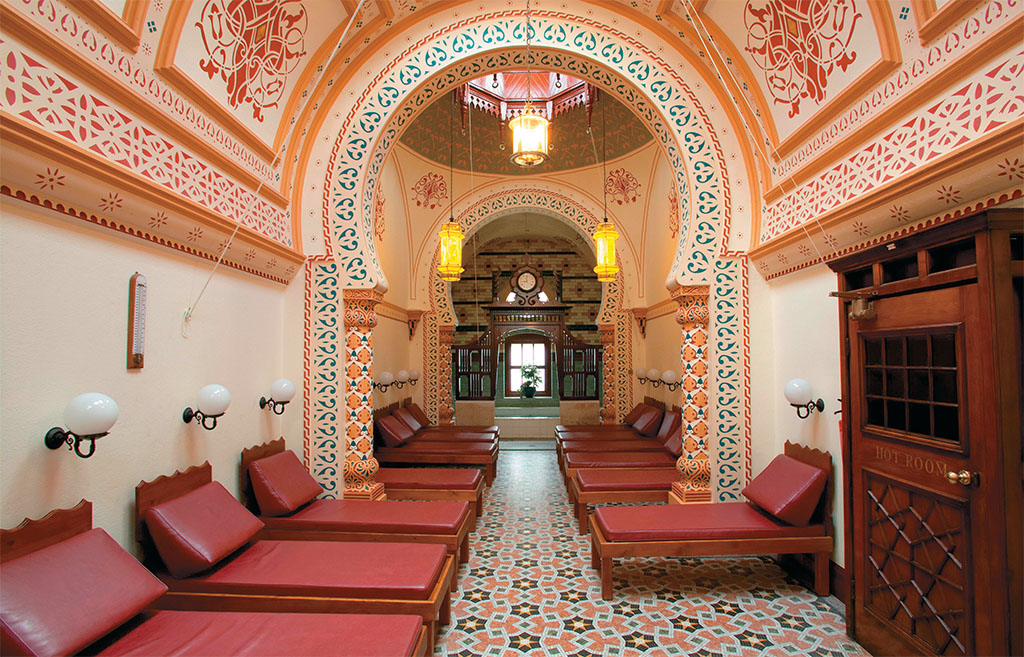
©WILDSCAPE/ALAMY
[caption id="ABathinHarrogate_img1" align="aligncenter" width="612"]

[caption id="ABathinHarrogate_img2" align="aligncenter" width="148"]
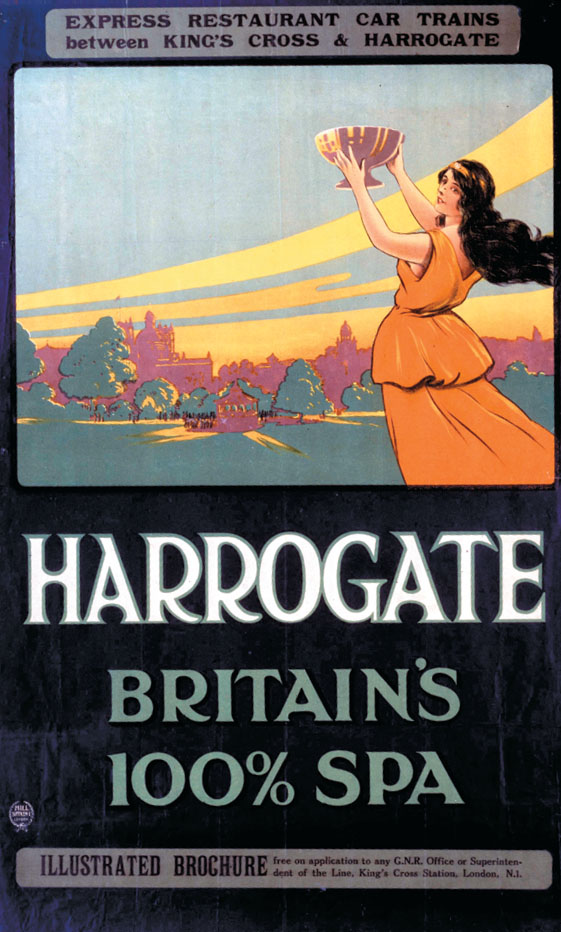
SSPL VIA GETTY IMAGES
[caption id="ABathinHarrogate_img3" align="aligncenter" width="561"]

SSPL VIA GETTY IMAGES
[caption id="ABathinHarrogate_img4" align="aligncenter" width="632"]

SSPL VIA GETTY IMAGES
Harrogate’s annual “spa season” was a momentous affair. On just one morning in 1926, 1,500 glasses of the town’s celebrated mineral water were served at the Royal Pump Rooms, while bands played in the splendid gardens.
Visitors over the years included English and Russian royalty, Lord Byron, Charles Dickens and most of the British government. The season was covered in the press from The Times of India to the San Francisco Chronicle. After “taking the waters” or a having a hydrotherapy treatment, visitors retired to grand hotels by omnibus, carriage or bath-chair.
One of the original buildings, the Royal Turkish Baths, still offers an original spa treatment. I planned to “go for a Turkish” but hoped to find additional Harrogate delights where I could keep my clothes on.
The large Yorkshire town of Harrogate is 30 minutes by train west of York, which in turn is just two hours from London. Harrogate was still a small village in 1571, when William Slingsby spotted lapwings sipping at a local spring. From his travels, he deduced that the water was similar to that in the Belgian town of Spa. Being well connected, he shared his findings with the physician of Elizabeth I, and news of the “medicinal” water spread. The English language also adopted a new word; Harrogate became England’s first “spa” town.
I got my physical and historical bearings at the small but fascinating Royal Pump Room Museum.
In total, 87 springs were found; many on The Stray—200 acres of open land that still surround Harrogate. Fearing exploitation of the precious waters, the town declared in 1778 that the Stray should, “for ever remain open and unenclosed and all persons whatsoever shall and may have free access at all time to the said springs and be at liberty to use and drink the waters there arising.” Today the Stray remains protected as the green heart of the town, with beautiful public lawns and gardens.
Built in 1842 above a series of wells, the Pump Room supplied Harrogate’s water—sold as an “unrivalled natural tonic.” Today the water is free, but it’s best to have 10p ready for the toffee to take away the taste of “Europe’s strongest sulphur water.” I was intrigued to share the 19th-century experience. I was grateful not to be under the orders of a Victorian doctor to drink several pints— toffee or no toffee.
Around the corner, the Royal Baths Buildings were opened in 1897 proclaiming Harrogate’s status, with a grand central dome and sculpted columns. The huge lobby led off to the treatment rooms and to the Winter Gardens, modelled on London’s Crystal Palace, where the great and the good mingled afterwards. The local newspaper, the Leeds Mercury captured the mood, “It is so much easier to come to a place where fashionable people fore-gather… than to go to a cold-blooded sanatorium.”
These fashionable people came to the Royal Baths for the strange range of hydrotherapy treatments such as ascending douches and liver baths. This was not a place for pampering. The various contraptions look at best medical and at worst industrial; they produce stoic expressions on the patients’ faces.
The entrance lobby, now being used as a Chinese restaurant, has been restored to its original grandeur—marble columns supporting Harrogate’s crest in red and gold. Highly recommended for lunch. Only the entrance and staircase now remains of the Winter Gardens section, leading to a large pub.
My favorite place in Harrogate is the Turkish Baths, the fabulous subterranean section of the Royal Baths. The Turkish Baths are almost unchanged since they first opened, as is the Victorian spa experience they still offer to visitors.
A sympathetic restoration in 2004 did add a modern, airy lobby and rooms for today’s more modern spa treatments. This new lobby is all neutral chocolate and cream walls, but just down the corridor I am greeted by rich mahogany carved screens, red velvet curtains and a friendly Yorkshire hostess.
The Turkish Baths consist of a rest room, a cold plunge pool and three linked chambers of increasing dry heat, all under carved Moorish arches and rich painted ceilings. Kim, my guide, recommended a program of showering, plunging and progressing through the chambers and stressed one important point regarding the unheated plunge pool. As my fellow guests were relaxing, Kim let me know, with all seriousness but also with a smile, that I was allowed “one shriek only per session.”
Once in the hot rooms, with a luxurious white towel provided, I found a seat on the stone benches that line the walls. Friends chat quietly, people read or simply lie down and relax. The largest room is at least 20 feet by 10 feet—its high ceiling decorated with glazed tiles in deep reds, greens and oranges. With a red velvet curtain as a door, this is no claustrophobic sauna.
[caption id="ABathinHarrogate_img5" align="aligncenter" width="1024"]
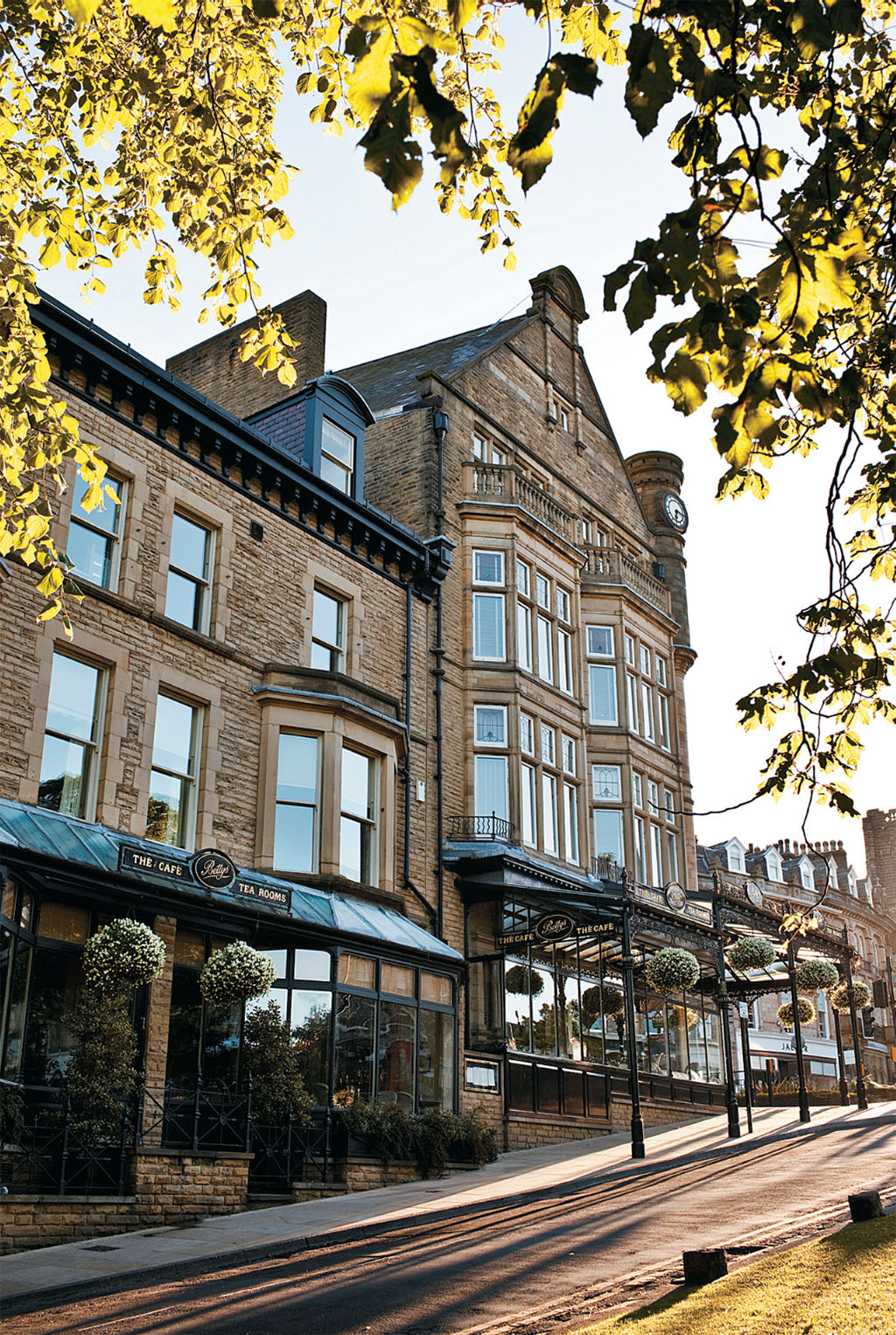
REBECCA GARDNER
[caption id="ABathinHarrogate_img6" align="aligncenter" width="546"]

REBECCA GARDNER
[caption id="ABathinHarrogate_img7" align="aligncenter" width="1024"]
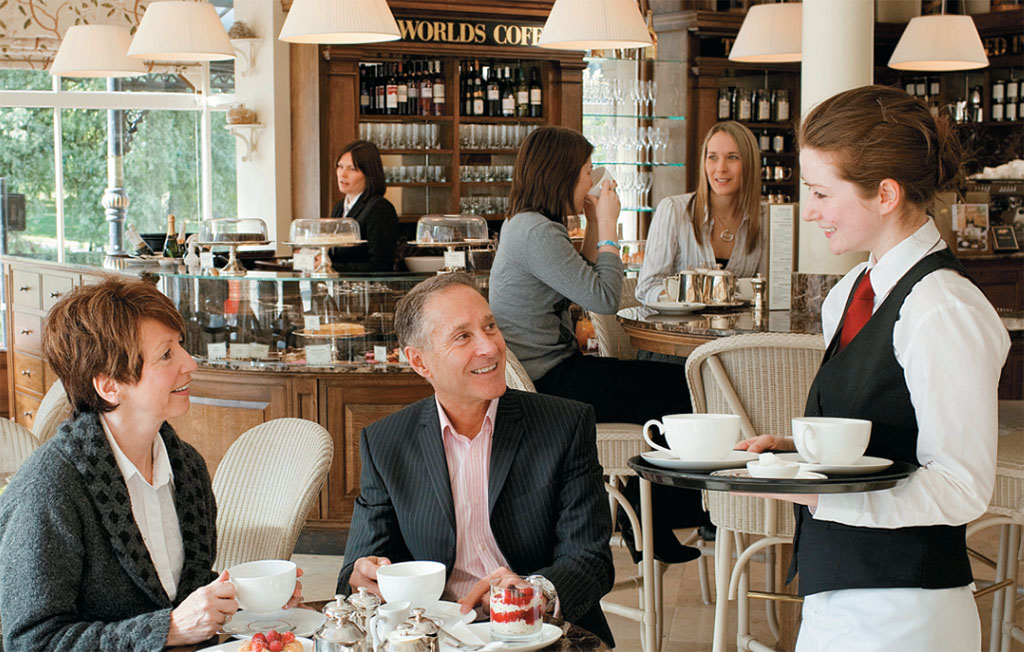
COURTESY OF BETTY’S
Time for the Turkish Baths essentials. There are three different sessions: ladies, gentlemen or mixed. Bathing suits are only obligatory for the mixed sessions, although most people wear one. Also, despite the architectural luxury, the plumbing is definitely antique. The basic showerhead is more campground than spa, yet the loo is another fabulous Victorian original in mahogany from “The Venerable Thomas Crapper Co.”
Out and About
Harrogate Turkish Baths and Health Spa
Royal Baths Parliament Street Harrogate HG1 2WH Tel: 01423 556746
Royal Pump Museum
Crown Place Harrogate HG1 2RY
Harrogate Tourist Information
Crescent Road Harrogate HG1 Website for all of the above: www.harrogate.gov.uk
The Ginnel Antiques Centre
Off Parliament Street Harrogate HG1 2RB Tel: 01423 508857 www.theginnel.co.uk
RHS Garden Harlow Carr
Crag Lane Harrogate HG3 1QB Tel: 01423 565418 www.rhs.org.uk/harlowcarr
Betty’s Café Tea Rooms
1 Parliament Street Harrogate HG1 2QU Tel: 01423 814070 www.bettys.co.uk
The Old Swan Hotel
Swan Road Harrogate HG1 2SR Tel: 0844 879 9071 www.macdonaldhotels.co.uk
The Grants Hotel
Swan Road Harrogate HG1 2SS Tel: 01423 560666 www.grantshotel-harrogate.com
The Royal Baths Chinese Restaurant
Crescent Road Harrogate HG1 2WJ Tel: 01423 536888 www.royalbathschineserestaurant.com
[caption id="ABathinHarrogate_img8" align="aligncenter" width="883"]
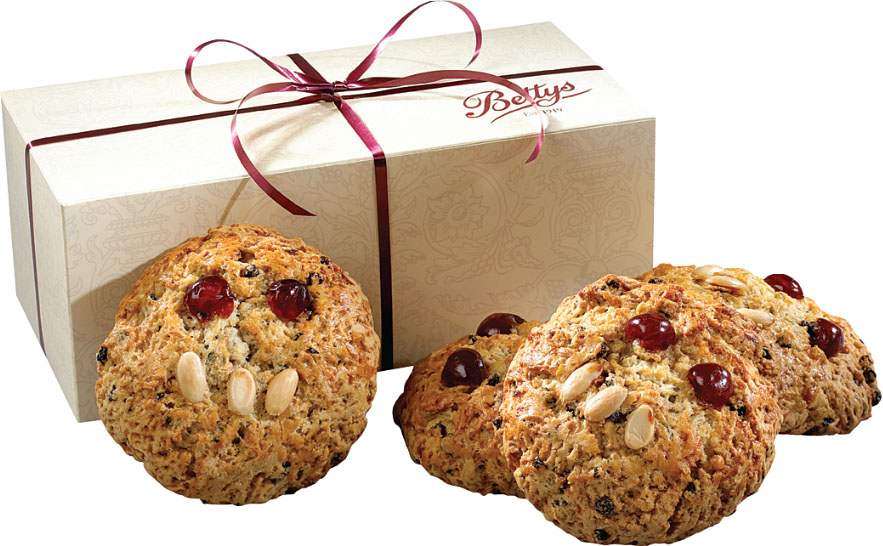
I retired to the daybed area for my recommended 30 minutes rest. I gazed at a soft aqua ceiling decorated with gold crescents—sunlight flooding through a carved, octagonal dome. On awaking from a doze, I wondered quite which century or even continent I had arrived in.
I was brought back to the present slowly by lunch at the Ginnel Antique Centre. Harrogate is well-known for its antique shops. The Ginnel (a Yorkshire term for an alleyway) is an old warehouse with more than 50 individual stalls—a delightful café on the top floor among them. The café has just 10 tables, art deco lamps and freshly cooked meals which are excellent value.
Retail, antique and otherwise, is how Harrogate rebuilt itself after the National Health Service declared in 1969 that the spa water had no medicinal benefit. Now, the conference season fills the hotels; the Harrogate International Centre, a plain box with incongruous columns, is an odd sight facing the Royal Baths.
Harrogate’s gardens have consistently been an attraction. The Valley Gardens, in particular, are more than just a quintessential English public park. The award-winning 17 acres include huge floral displays and the Elgar Walk, named after the composer who often visited.
A mile farther on is Harlow Carr Gardens, one of the four national Royal Horticultural Society gardens. There is an entry fee for these extensive gardens, often voted a visitor favorite by national gardening magazines and celebrities. Check for musical evenings or guided walks.
Deliberately working up an appetite, I headed to Betty’s—Yorkshire’s most famous tearoom. Betty’s celebrated its 90th year in 2009, Harrogate having the first and still the largest of its several cafes. Frederick Belmont, a young Swiss immigrant, opened Betty’s mixing Yorkshire recipes and hospitality with Swiss attention to detail. Betty’s is still the place to come for a classic afternoon tea or a continental croque monsieur. This popularity means standing in line, and a pot of tea costs the same as my entire lunch at the Antique Centre. Going to Harrogate, though, means going to Betty’s, and it will be worth it. The full-time “queue manager” guides you to the bright continental café or the cozier tearooms overlooking the Stray. I love asking for a Yorkshire Fat Rascal—a type of English scone with extra almonds and cherries.
The genteel atmosphere does not mean that Betty’s or Harrogate is simply for the more sedate. Claire Catton is an ambitious 30-yearold who has worked for Betty’s since graduating in business management and is now one of the café managers. With 140 staff at the Harrogate store and six pages in the staff manual simply on laying out tea trays, you need passion to work at Betty’s. Claire was also enthusiastic about her town with its green space and serious shopping. “Harrogate has the best of everything. It’s so beautiful. I really couldn’t move away,” she said.
Harrogate’s story is also found in its hotels. The ivy-clad Old Swan Hotel was the first hotel to have medicinal baths and a resident doctor. Other hotels followed its lead. The Old Swan was also the center of a cause célèbre in 1926 when Agatha Christie was discovered here after disappearing for 10 days. The 1977 movie, Agatha, with Dustin Hoffman, was filmed in the hotel.
On the same road, 13 beautiful Georgian terrace houses, linked together as The Grants Hotel, have been updated inside with a more radical contemporary, boutique style. Melissa Watson, general manager, believes that hotels in Harrogate need to be brought into the 21st century. “We are doing our bit to get the ball rolling,” she said. At Storm, the hotel restaurant, I found another reworking of an old tradition; “Yorkshire Tapas” include beef and horseradish sauce inside a mini Yorkshire pudding.
On my journey home, I hoped that my train was precisely ontime and not just to catch my connection at York. Just outside nearby Starbeck station, the train passes by the Taylor’s Tea factory, part of the Betty’s family. On the front of the factory a large teapot-shaped clock is timed to “tip and pour” whenever a train is due. With the British train system, you may need luck on your side.
All considered, after tasting the water and learning about 19th-century treatments, it may be more comfortable visiting Harrogate in 2009 than in 1909. I wonder if the Grand Duchess George of Russia ever swam in the cold plunge pool. I imagine royalty were allowed more than one shriek.





Comments